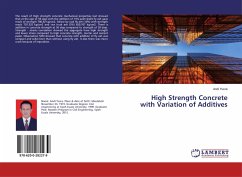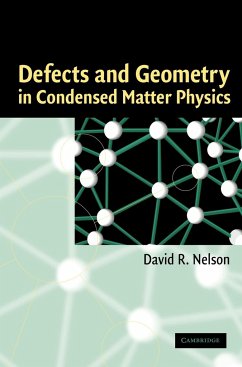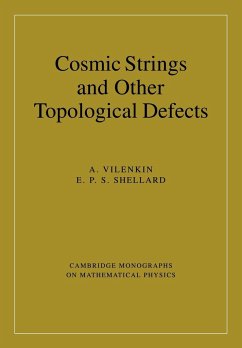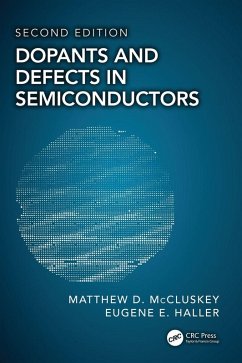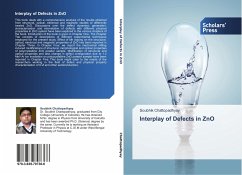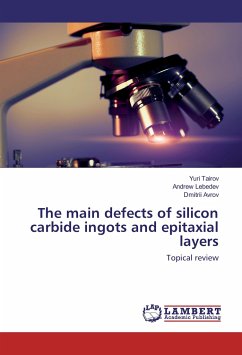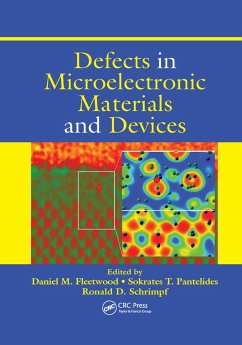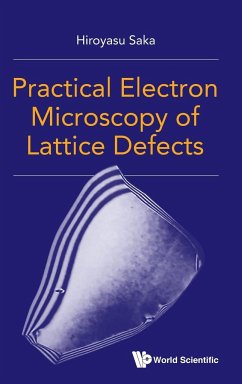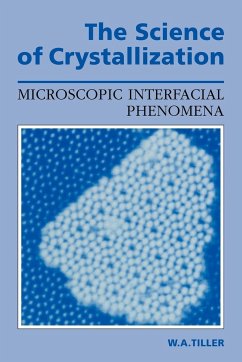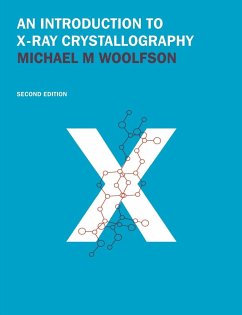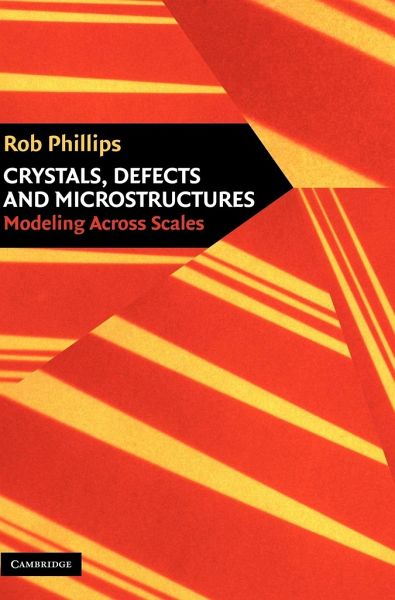
Crystals, Defects and Microstructures
Modeling Across Scales
Versandkostenfrei!
Versandfertig in 1-2 Wochen
210,99 €
inkl. MwSt.
Weitere Ausgaben:

PAYBACK Punkte
105 °P sammeln!
A central tenet of materials analysis is the structure-property paradigm, which proposes a direct connection between the geometric structures within a material and its properties. The increasing power of high-speed computation has had a major impact on theoretical materials science and has permitted the systematic examination of this connection between structure and properties. In this textbook, Rob Phillips examines various methods for studying crystals, defects, and microstructures, techniques that have made such computations possible. He also presents recent efforts to treat problems involv...
A central tenet of materials analysis is the structure-property paradigm, which proposes a direct connection between the geometric structures within a material and its properties. The increasing power of high-speed computation has had a major impact on theoretical materials science and has permitted the systematic examination of this connection between structure and properties. In this textbook, Rob Phillips examines various methods for studying crystals, defects, and microstructures, techniques that have made such computations possible. He also presents recent efforts to treat problems involving either multiple spatial or temporal scales simultaneously. Detailed case studies illustrate general principles as well as their applications to current research problems.





